
Have you ever noticed the passion boomers have for automobiles?
Cars haven’t been just transportation for most of us, but also something cool to be seen in—or not be seen in. Cars used to be rolling works of art or really bad road commodes. It was all about style and looking cool back in the day. Cars were an extension of our personalities. It was tough being stuck with the discarded family clunker to drive at age 16. This was especially important in our teen years when it was time to go cruising. No one wanted to be seen in a clown car—Mom’s old broken down grocery getter or your older sister’s cast off. Maybe, your first car was a clown car—a smelly old station wagon or one huge pile of a four-door sedan with rust holes in the quarters.
My first car was a 1960 Valiant sedan. Talk about culture shock in a styling studio by the late automotive stylist, Virgil Exner? Some journalists of the period called him “Virgil Excess.” My Valiant was one of those finned cat-eye taillight Valiants with a slant six engine, pushbutton automatic transmission, and that ridiculous continental spare tire treatment in the deck lid. That first year, Valiant was just a Valiant – not a Plymouth Valiant. Chrysler intended to create the Valiant Division just like Ford did with the Edsel – Edsel Division. When Chrysler saw what a disaster Edsel was, it scrapped plans for a Valiant Division. Valiant became a Plymouth model in 1961.
I loved my Valiant.
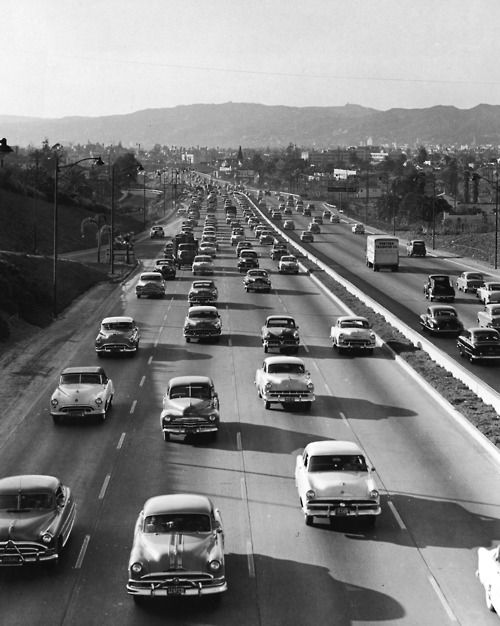
A lot of us had VW Beetles as first cars, which is why they command such a high price today. Boomers love them. It’s the sweet nostalgia of a VW Beetle that keeps us hanging on to our youth. Beetles were plentiful and cheap back in the day. They sat on used car lots everywhere for a few hundred dollars a copy.
Put $100 down and buy a car…
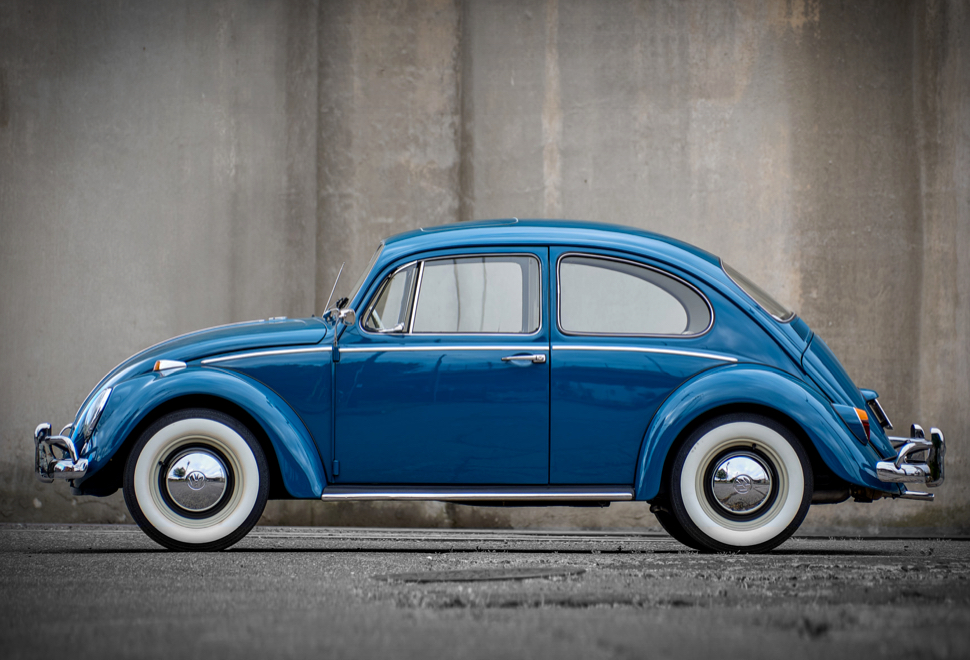
Virtually every college from coast to coast sported dozens of VW Beetles along with the disgusting aroma of unburned exhaust hydrocarbons. Nostalgic baby boomers want them and will pay anything to get into one. So many are gone or survive as dune buggies. A buddy of mine bought and restored a 1957 Beetle with the rare oval rear window. He wanted a split-window bug, but good luck on that one. Although so many of us called them Bugs and Beetles, Volkswagen called them the Type 1. The hippie busses were called Type 2 models. The Type 2 really was the first minivan. It was so grossly underpowered that Consumer Reports deemed it unsafe because it took forever to get up to highway speed—but who cares?
We just wanted to have fun.
VW Beetles were no fun on a cold morning. It took forever to get warm. Exhaust fumes would come into the cabin and give you a headache. However, for whatever they were, they sure beat walking or, heaven forbid, being seen on the high school campus on a bicycle—with a banana seat, baskets, and a generator set with a light and taillight.

When we were growing up, cars were king. Every fall, new car dealers would paper up their showroom windows and tease us. We waited in steamy anticipation. “Come See the new Fords for 1965!!!” or “See the USA in your Chevrolet…” as sung by Dinah Shore. My God, who could resist?
It was pure magic.
As age 16 grew near, we watched the calendar and started marking off days until we could take our driver’s test and walk out of the motor vehicle bureau with a driver’s license. It meant heading out on our own for the first time without an adult in the passenger’s seat. You could leave the parents behind.
Free At Last!!!
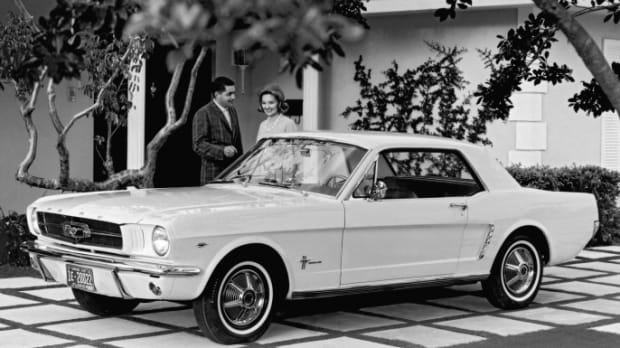
Back in the day, you could identify an automobile by its styling. At a glance, you knew if it was an Oldsmobile or a Buick. Not only were brands unique and unto themselves, so were the corporate divisions. There was a distinct difference between Ford and Mercury, and Dodge and Plymouth. GM had a class pecking order too. It went something like this— Cadillac/Buick/Oldsmobile/Pontiac/Chevrolet. GMC Trucks was a step up from Chevrolet, but not by much. Would you agree that was the pecking order at GM, especially if you were a GM family?
If you were just starting out in adulthood, you drove a Ford. In time, making a little more money, you drove a Mercury. And, when you finally arrived in the big time as a division manager or vice president, you moved up to a Lincoln.
There are legendary brands and generations that excited new car buyers and have held the imagination of generations. The 1955-57 “shoebox” Chevrolets—the “Tri-Fives”—have long been hot collectibles. Yet—did you know Ford outsold Chevrolet in 1957? The ’57 Fords, though quite handsome, haven’t gained the notoriety of their Chevy counterparts in terms of collectability. The sexy finned ’57 Chevrolet still stuns the masses 63 years later like no ’57 Ford or Plymouth ever has.
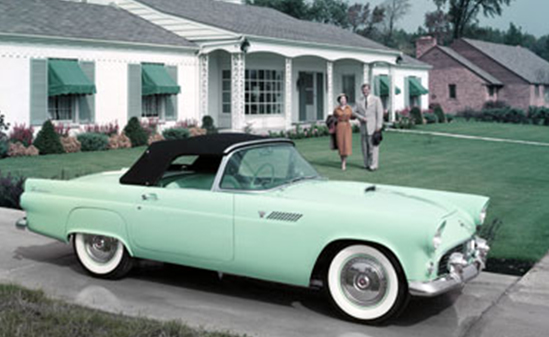
Whenever we think of the cool street corner 1950s with cigarettes rolled up in shirt sleeves, leather jackets, and greasy kid stuff, the ’57 Chevy in all its forms comes immediately to mind along with the song “Runaway” by Del Shannon. It was a great time to be young, attractive, popular, and hanging out with friends at your favorite cruising spot on a Saturday night. For guys, it was cruisin’ for chicks. For the ladies, it was flirting over a car hood to see who would try to pick you up.
No other place in the world knew and embraced the car culture like Los Angeles, California. This was especially true right after World War II ended and it remains true today. Angelinos love automobiles and they especially love being seen in cool cars. The more striking the vehicle the better they like it. Those native to Los Angeles knew great cruising spots like Van Nuys Boulevard, which seems to be the most legendary in Southern California. Van Nuys isn’t the place to cruise anymore because it has become unsafe, but it was for a long time.
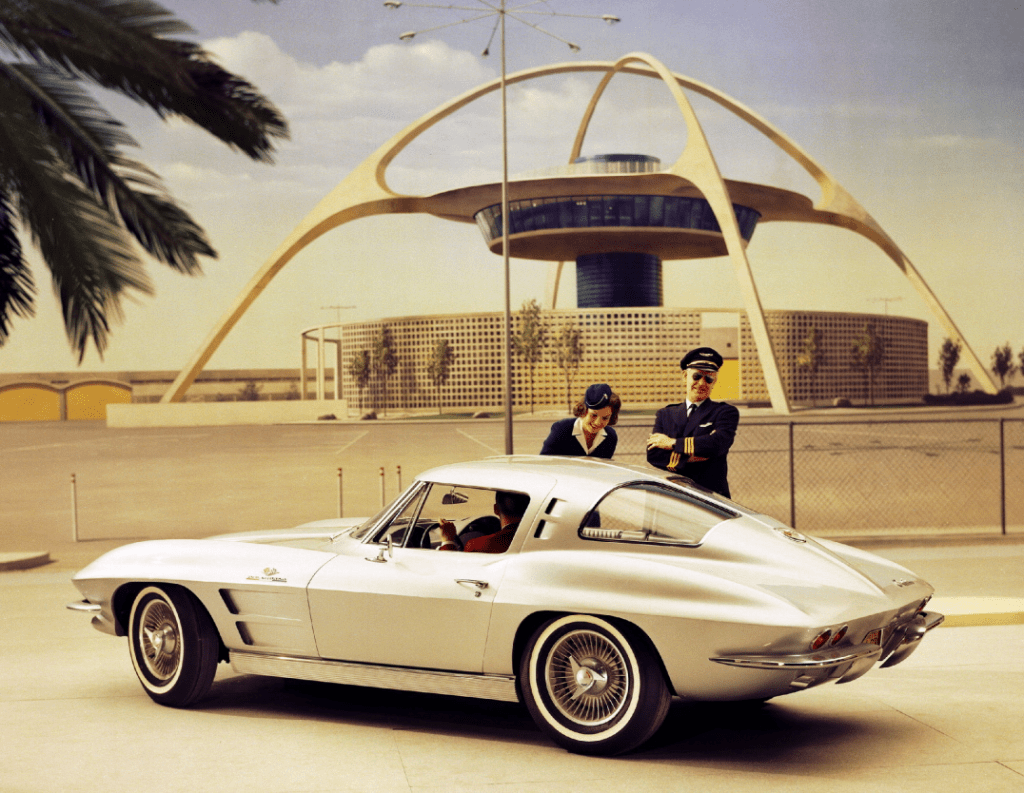
The whole car culture phenomenon emerged from the vastness of Southern California where you could drive 100 miles and still be in Los Angeles. Although it can be debated by many, cruising and drag racing were born here. It was LA’s perfect climate of year-round sunshine that made cruising and drag racing favorite pastimes. Enthusiasts hopped up their cars and just couldn’t get enough of it. It is well documented the first official drag racing event happened in Santa Ana at an old shuttered Army base in July of 1950 according to Hot Rod Magazine Feature Editor, Tim Bernsau. This makes drag racing official 70 years old. Yet—real drag racers never grow old.
Robert “Pete” Petersen founded Hot Rod Magazine out of the trunk of an old jalopy and the car magazine was born. Hot Rod grew to be very successful. It birthed dozens of other types of car magazines and the culture flourished. Other automotive publishers popped up all over the country, but primarily in Los Angeles. Shows and racing events surely followed from coast to coast. It was an exciting time to be alive and into cars.

Cruising and drag racing swept the country like an aggressive California wild fire. The music. The cars. The clothing. The attitude. Main Street in dozens of communities across the land. Small Town USA. Drive-In burger joints. Good food. The ambiance of Americana—an element lost to the times. We’re not what we were in 1960. The good news is we have sweet wonderful memories. Ideally, you were born in 1946 through the early 1950s and have the kind of memories witnessed in the great American movie classic “American Graffiti.” Such was the way in 1962 as those first baby boomers came of age. They wanted to cruise.
As we came of age, automobiles became more exciting and more powerful. That was the undoing of some of us. A friend of mine was killed right in front of his house a Nova on a wild and crazy Saturday night horsing around. There were others in my graduation year lost to tragic automobile accidents. We remember this period as the muscle car era. Chevelle, GTO, Roadrunners and GTX, Corvette, Mustang, Camaro, Firebird, AMC’s glorious two-seat AMX, the 426ci Hemi Cuda, Challenger, Olds 4-4-2, Buick GS and GSX, even the seemly vanilla Rambler Scrambler. These were bad ass cars. The more unusual your muscle car, the more attention it got at the local drive-in.

We romanticize classic cars for their beauty and power—however, quality and efficiency have vastly improved since the middle of the 20th century. Classic cars are always exciting in someone else’s garage. Though they were easier to drive when we were younger, they can be challenging when you’ve cleared your 60th birthday. I still have my ’67 Mustang high school car my mother gave me long ago. I love the way it looks. However, I’m not much on driving it anymore. Why? Because it’s darned uncomfortable. Mom would agree…
Great article and photos on the Car Culture….those were the fun days!
LikeLike
Making me miss my 1966 Chevy Caprice!
LikeLike
Very hard missing a ride you had to get rid of. My father made me scrap my first car – that Valiant – because the transmission went south.
LikeLike
On your GM pecking order, I think an Olds was No. 2 ahead of Buick.
LikeLike
I think you’re right. As I wrote that, I couldn’t remember which division was higher. Olds makes sense.
LikeLike
BRILLIANT read for me, I am European so I know very little about American cars and your car culture so I find it fascinating. GREAT writing and pics thanks man!!! Simon
LikeLike